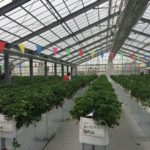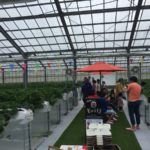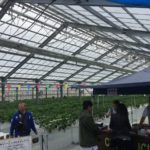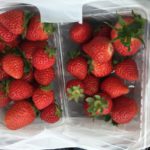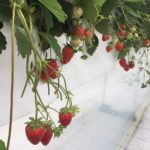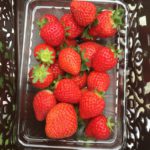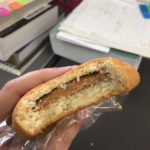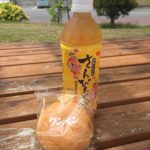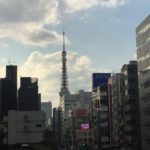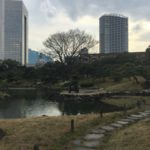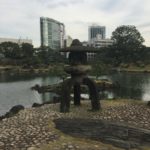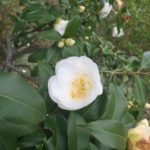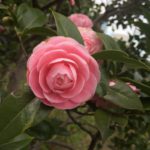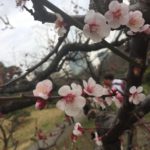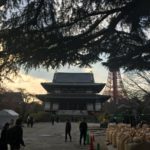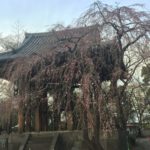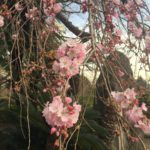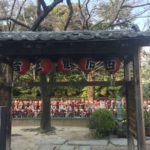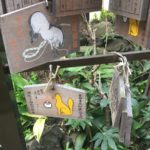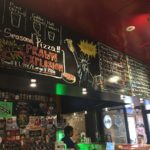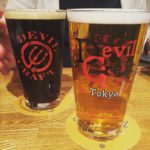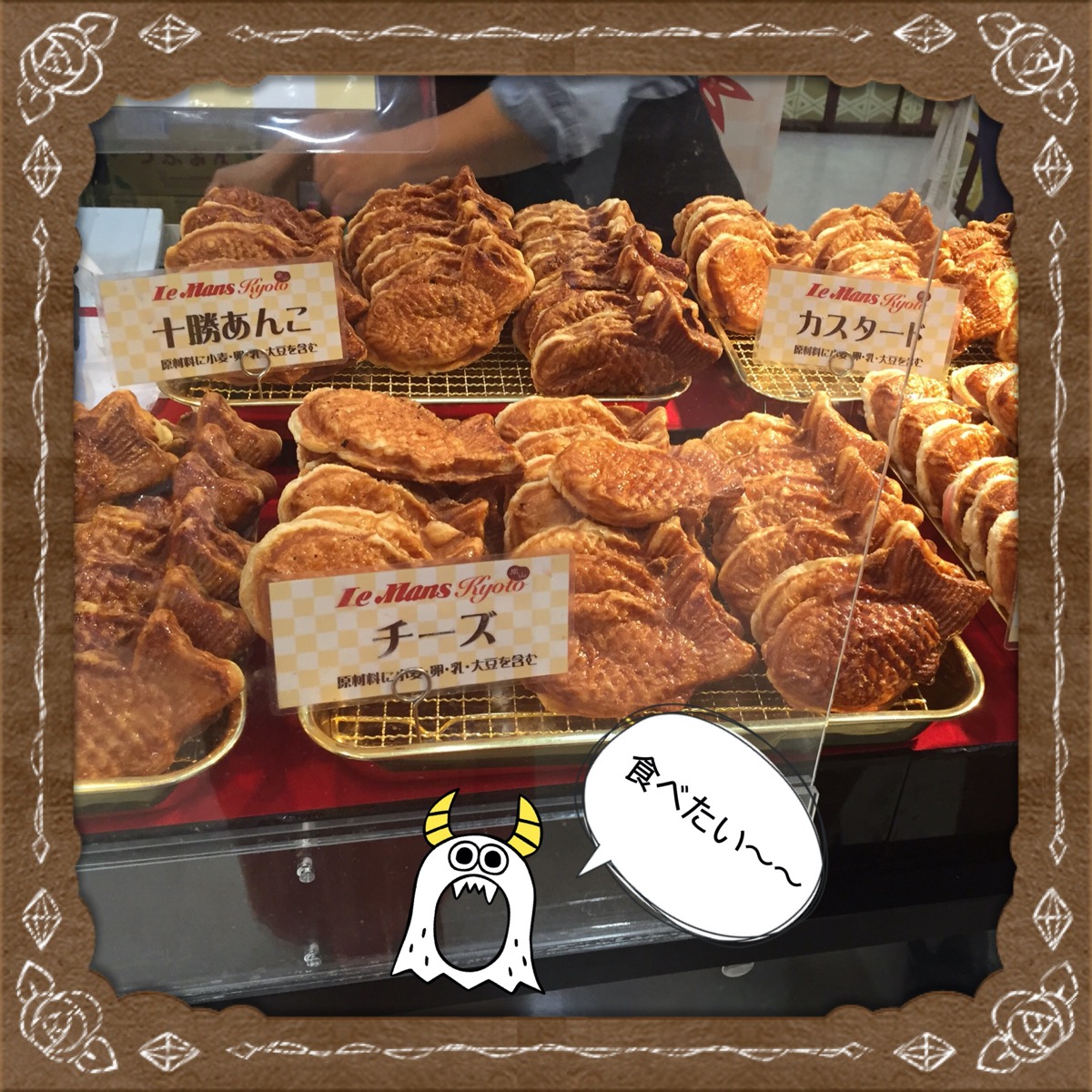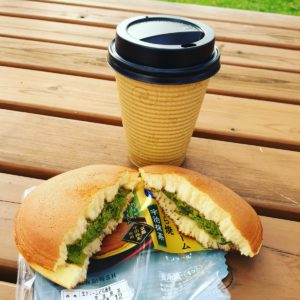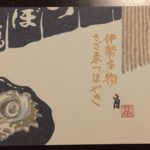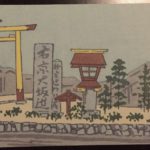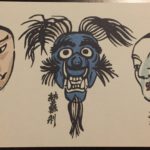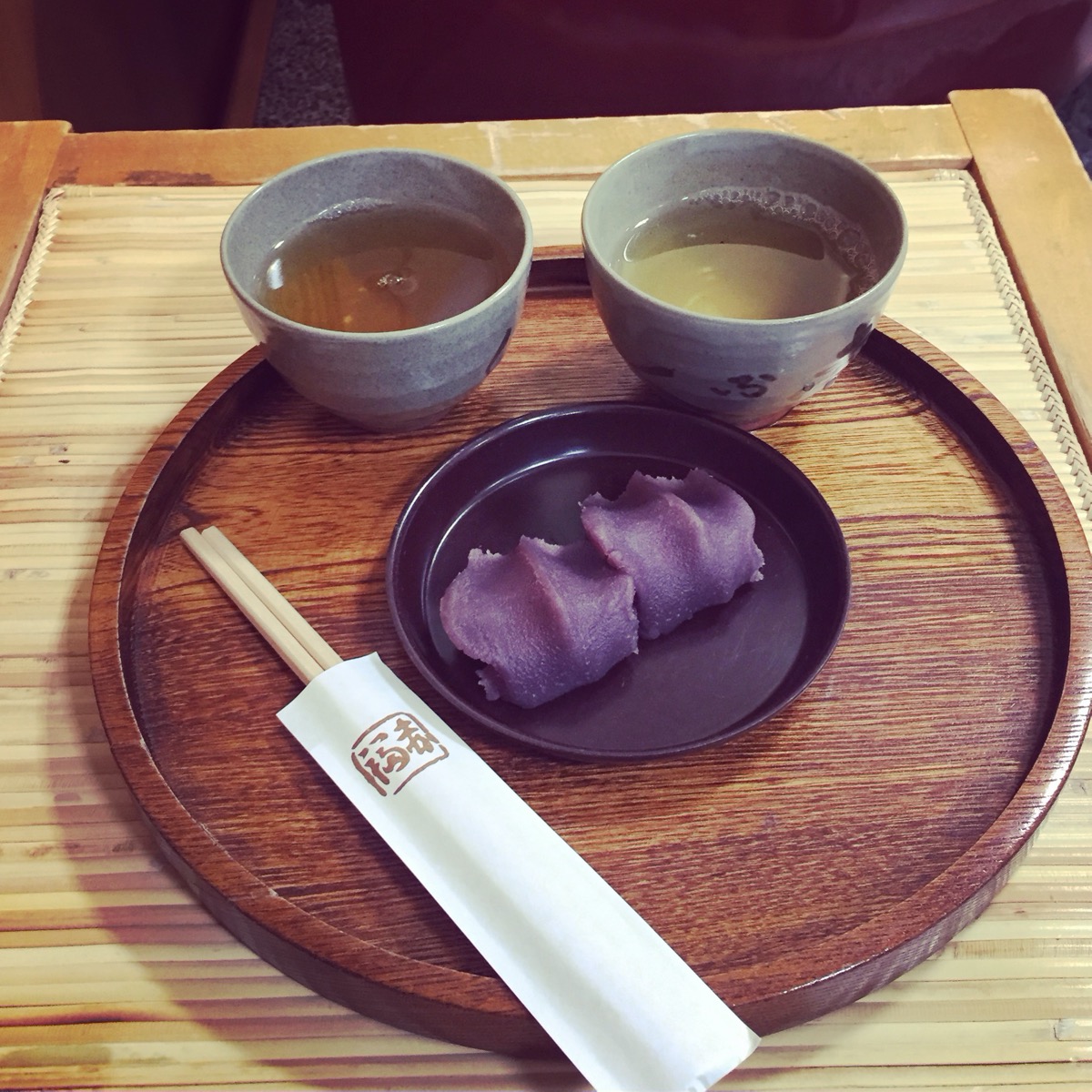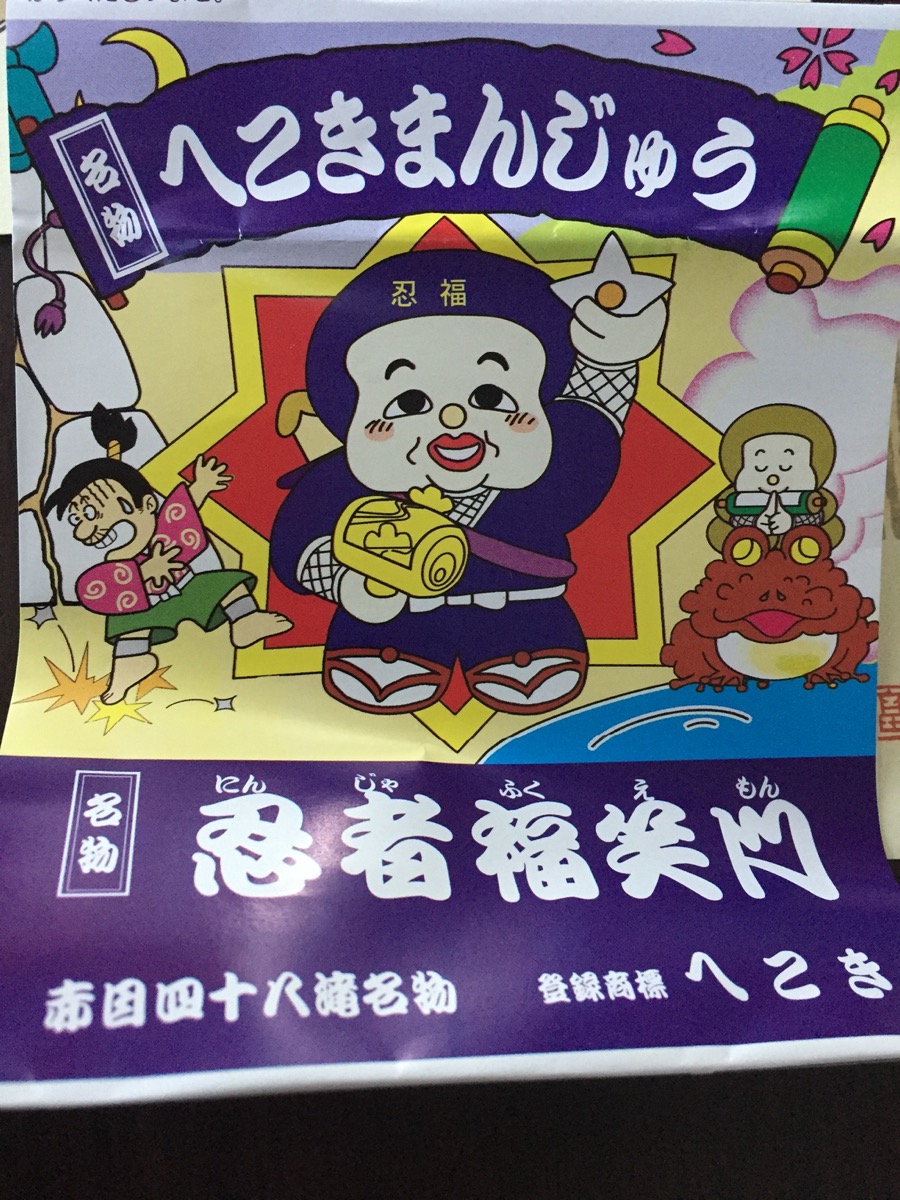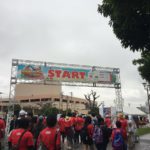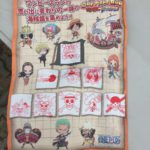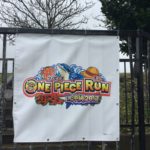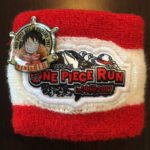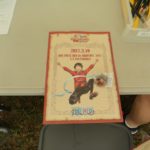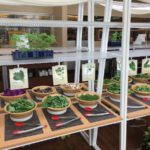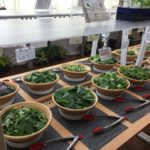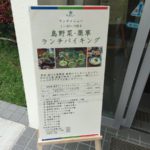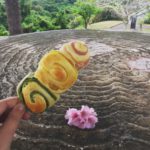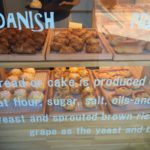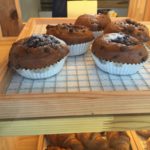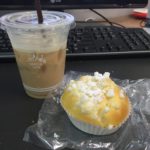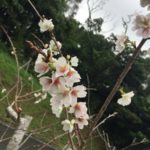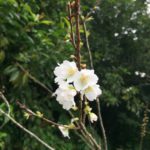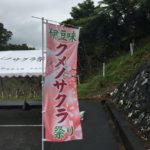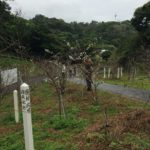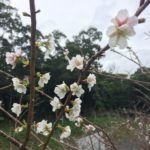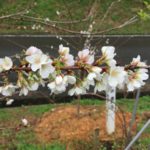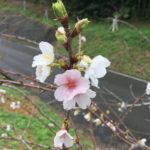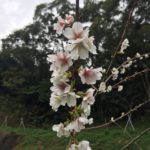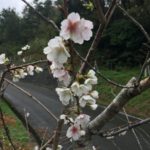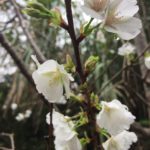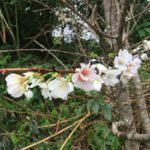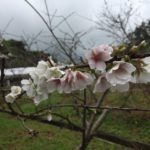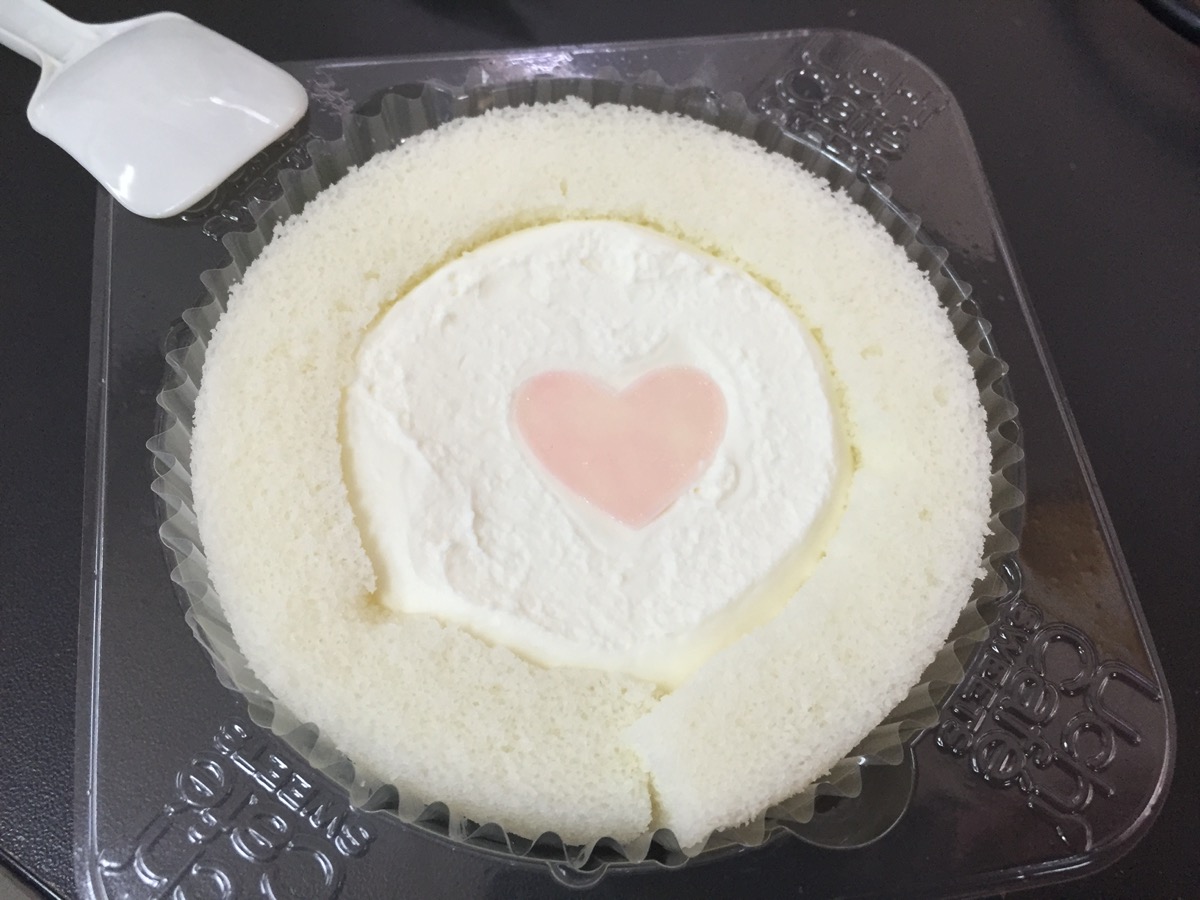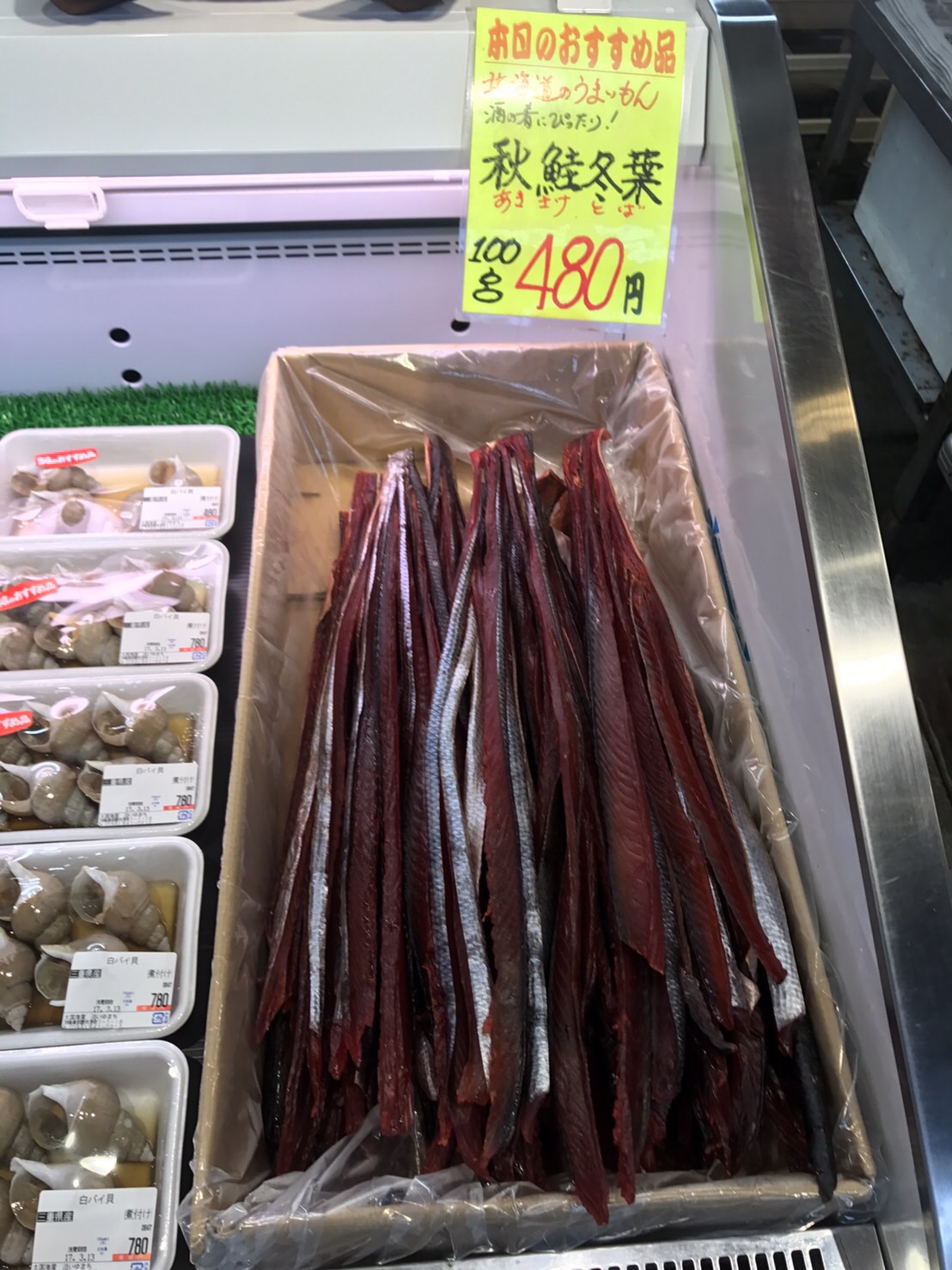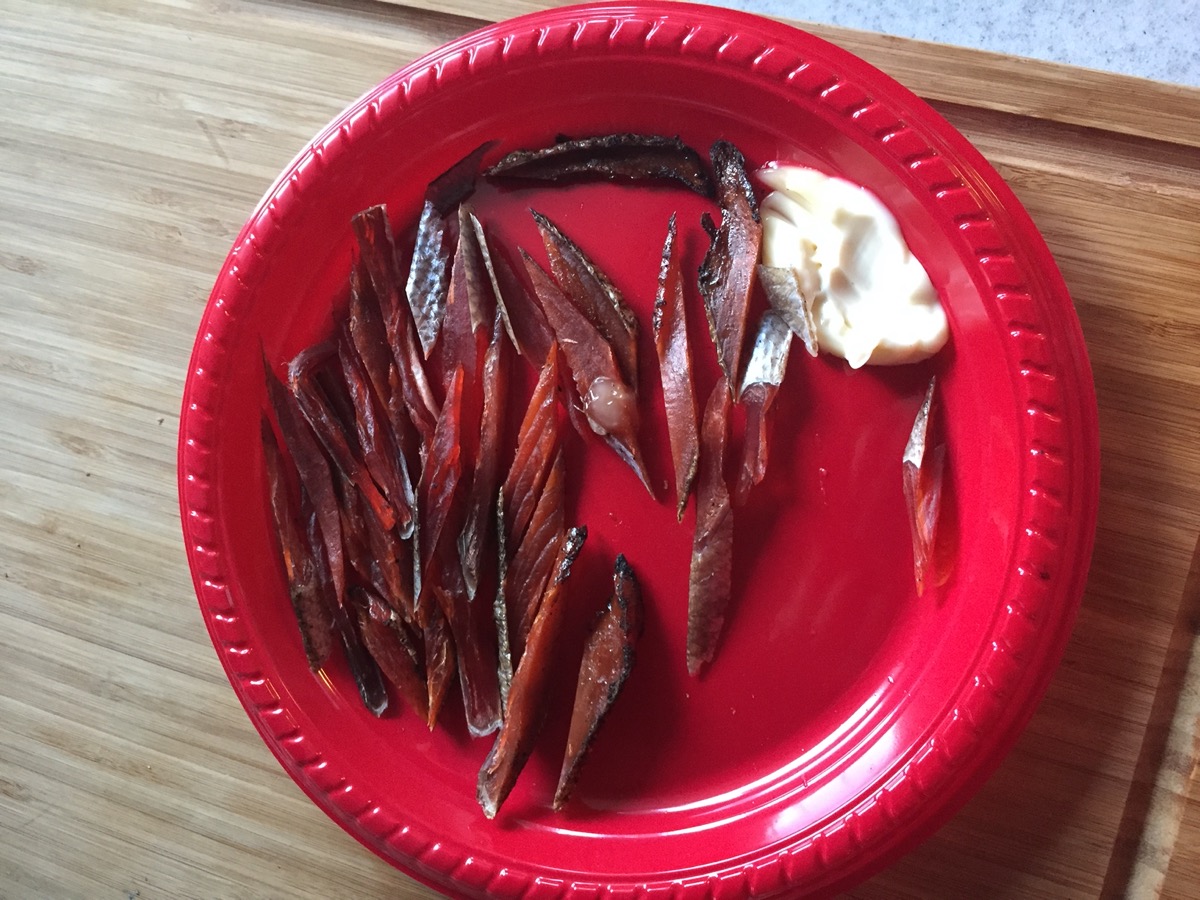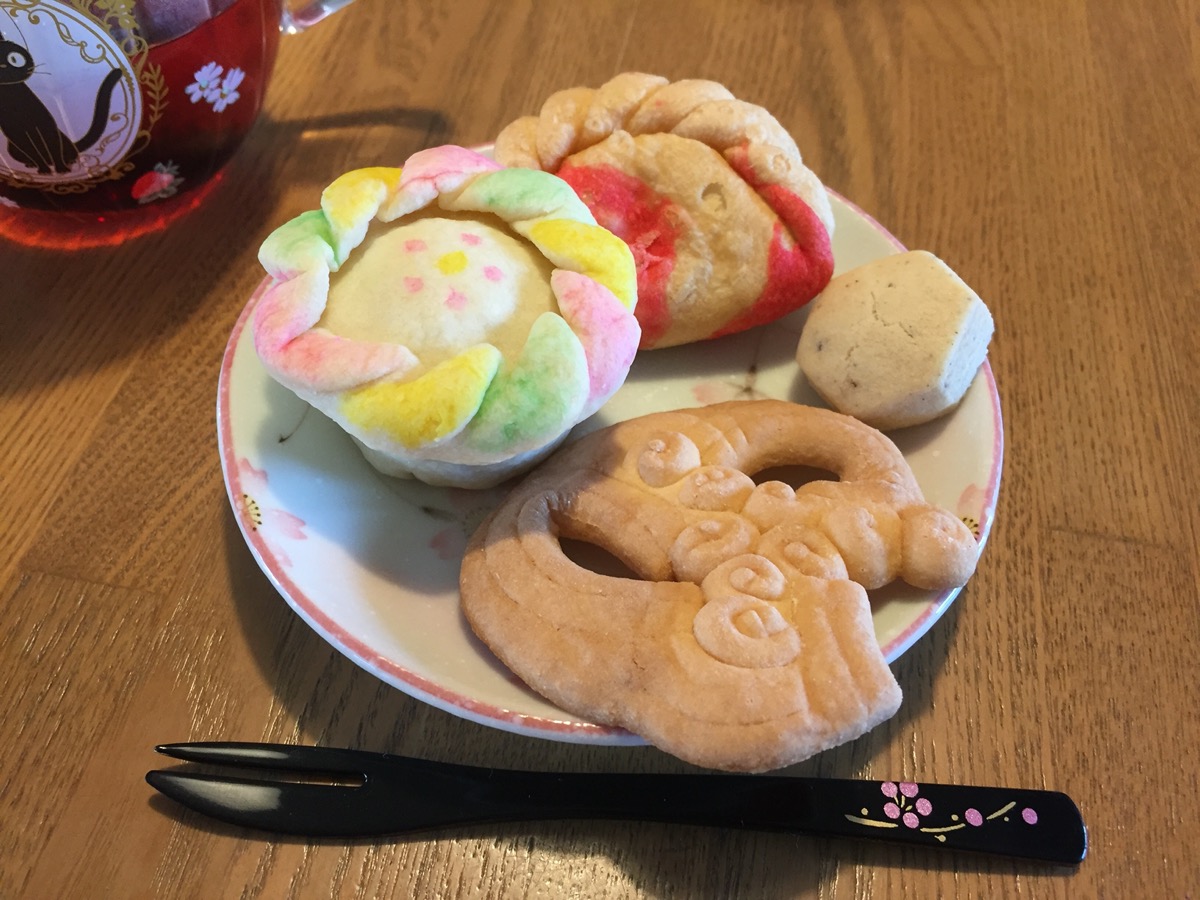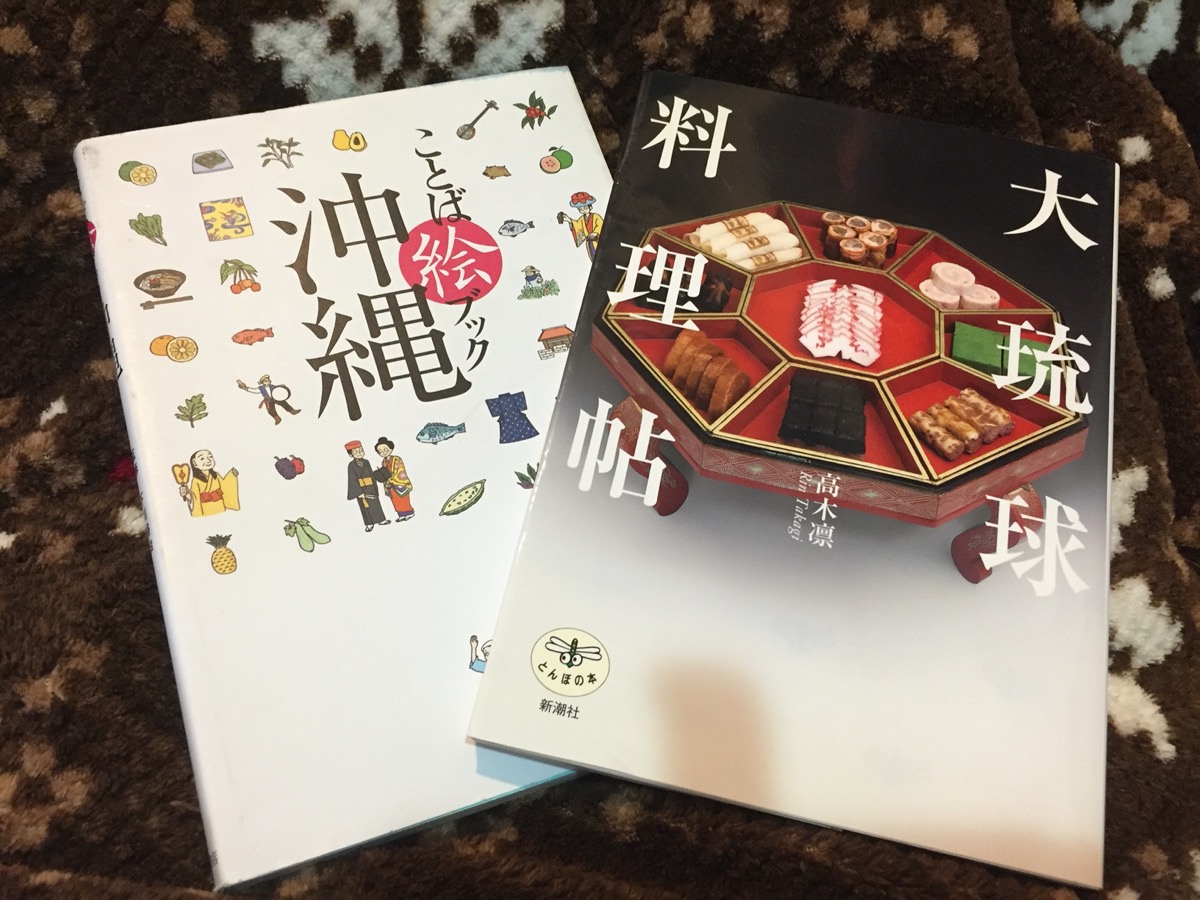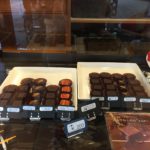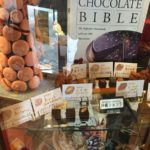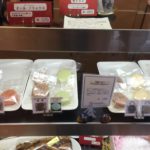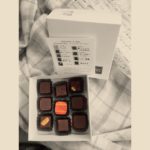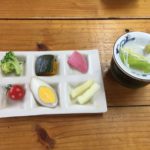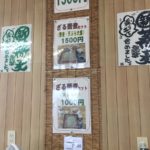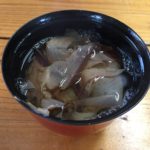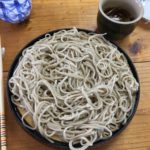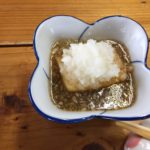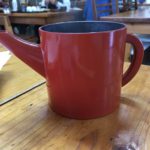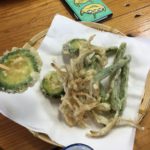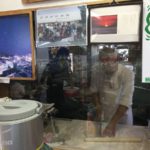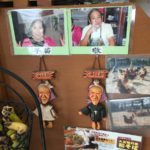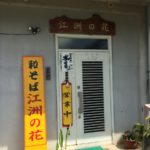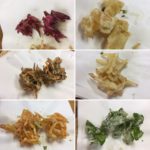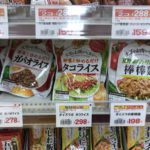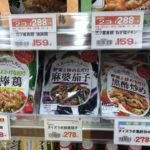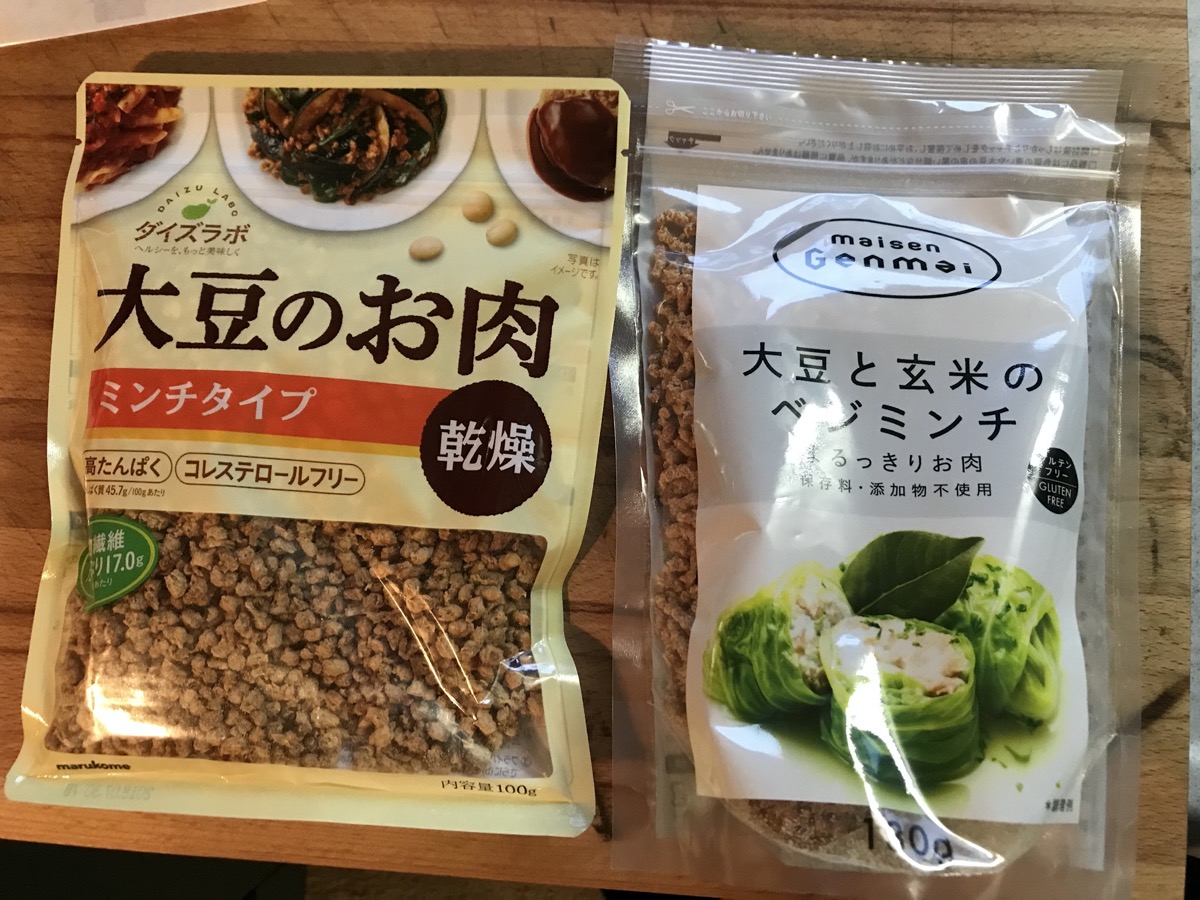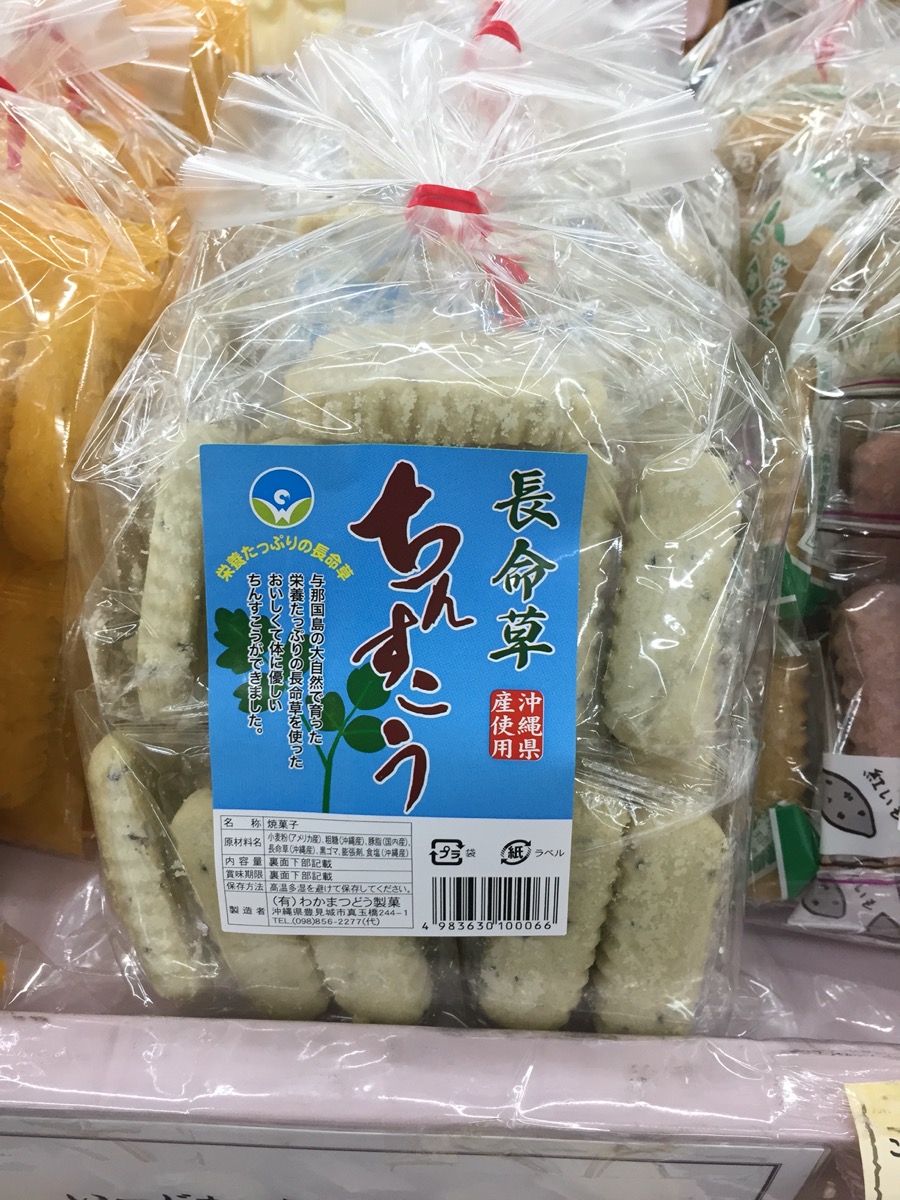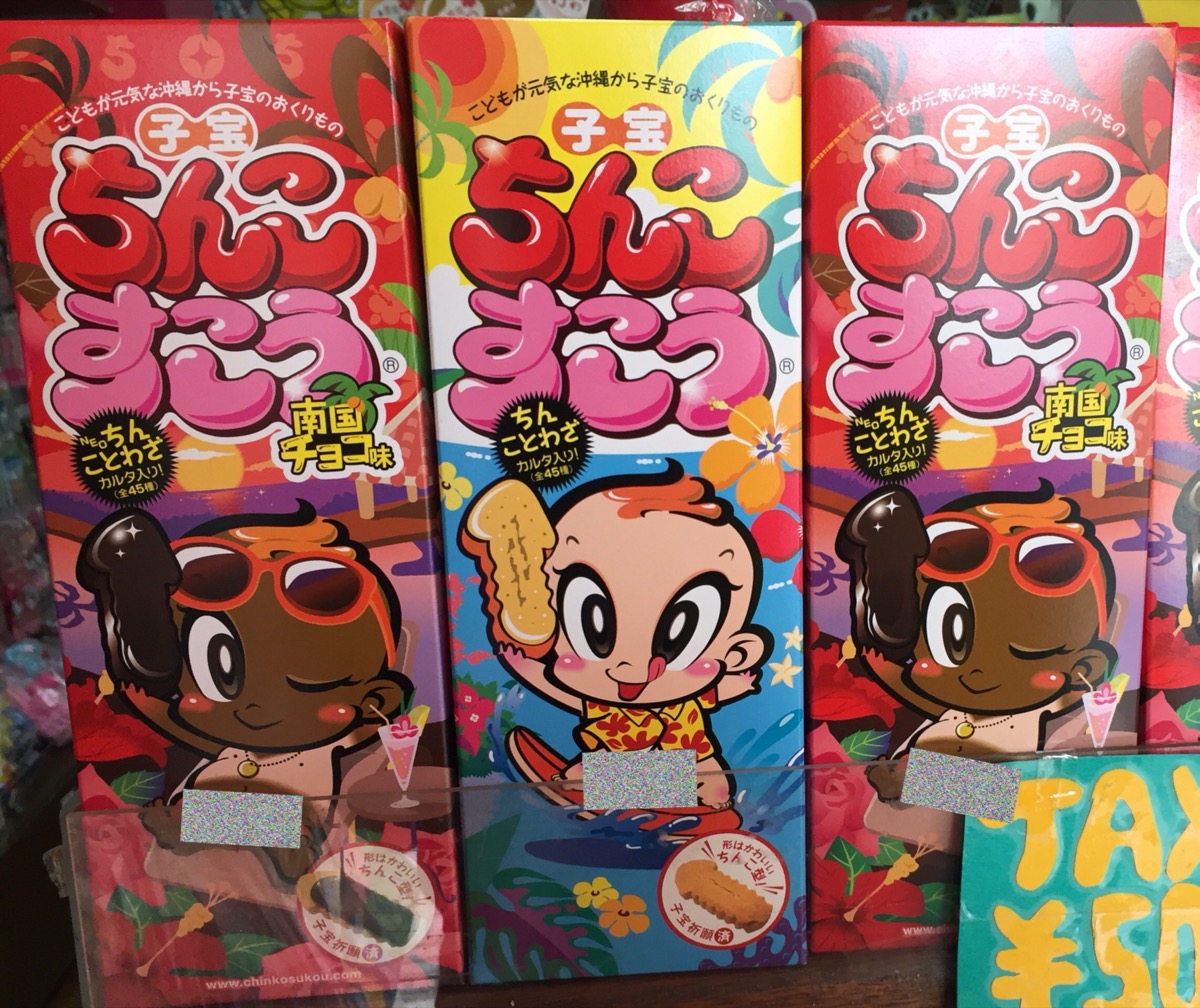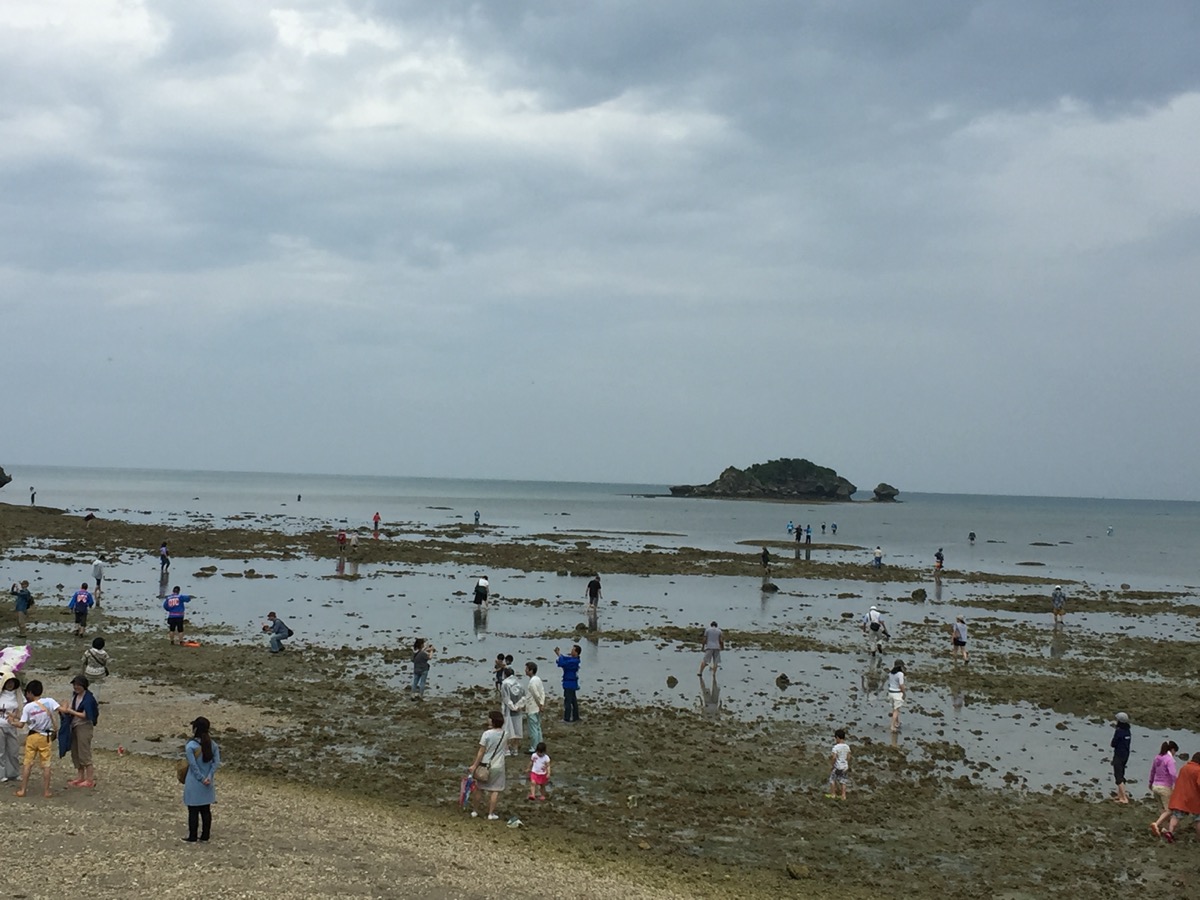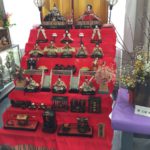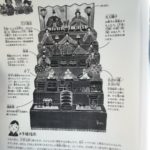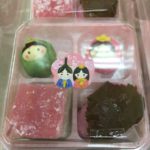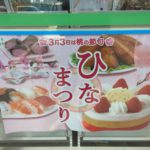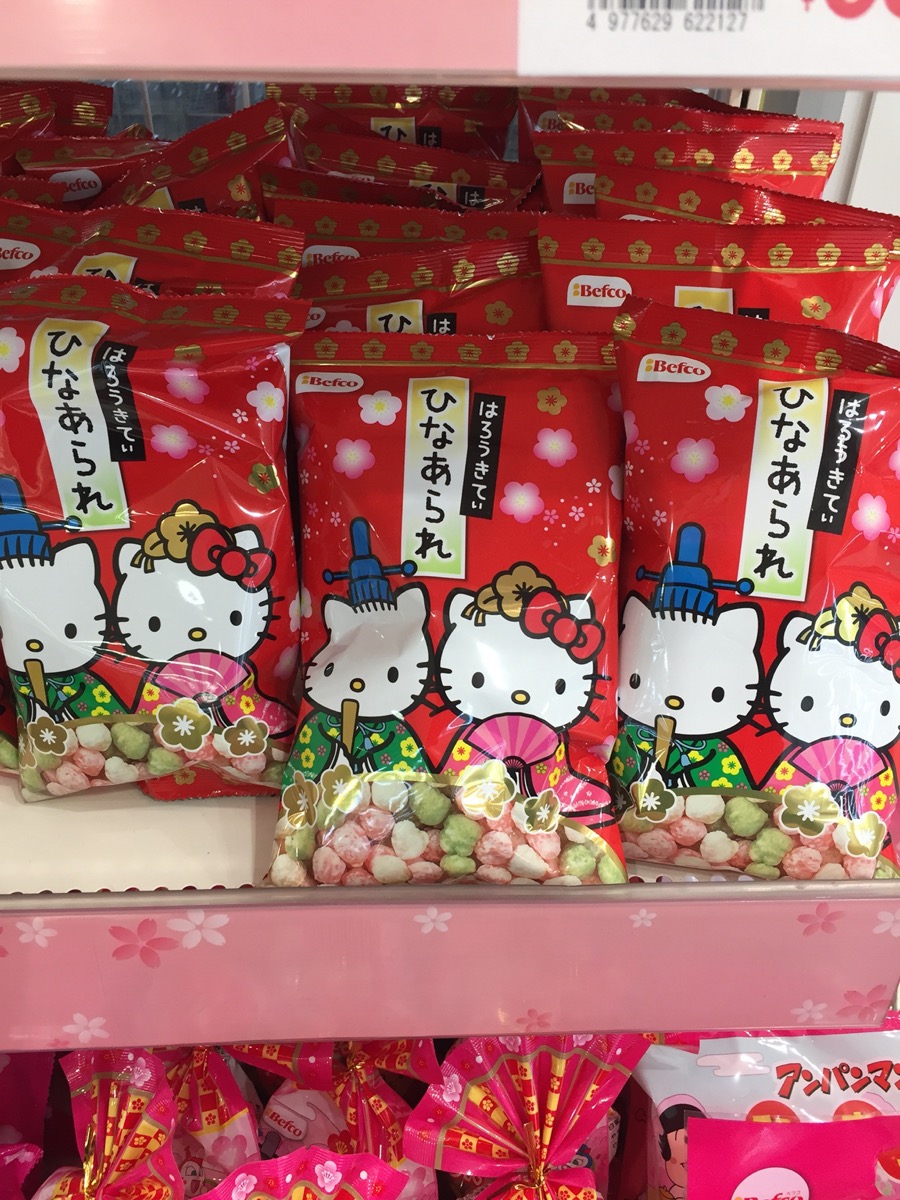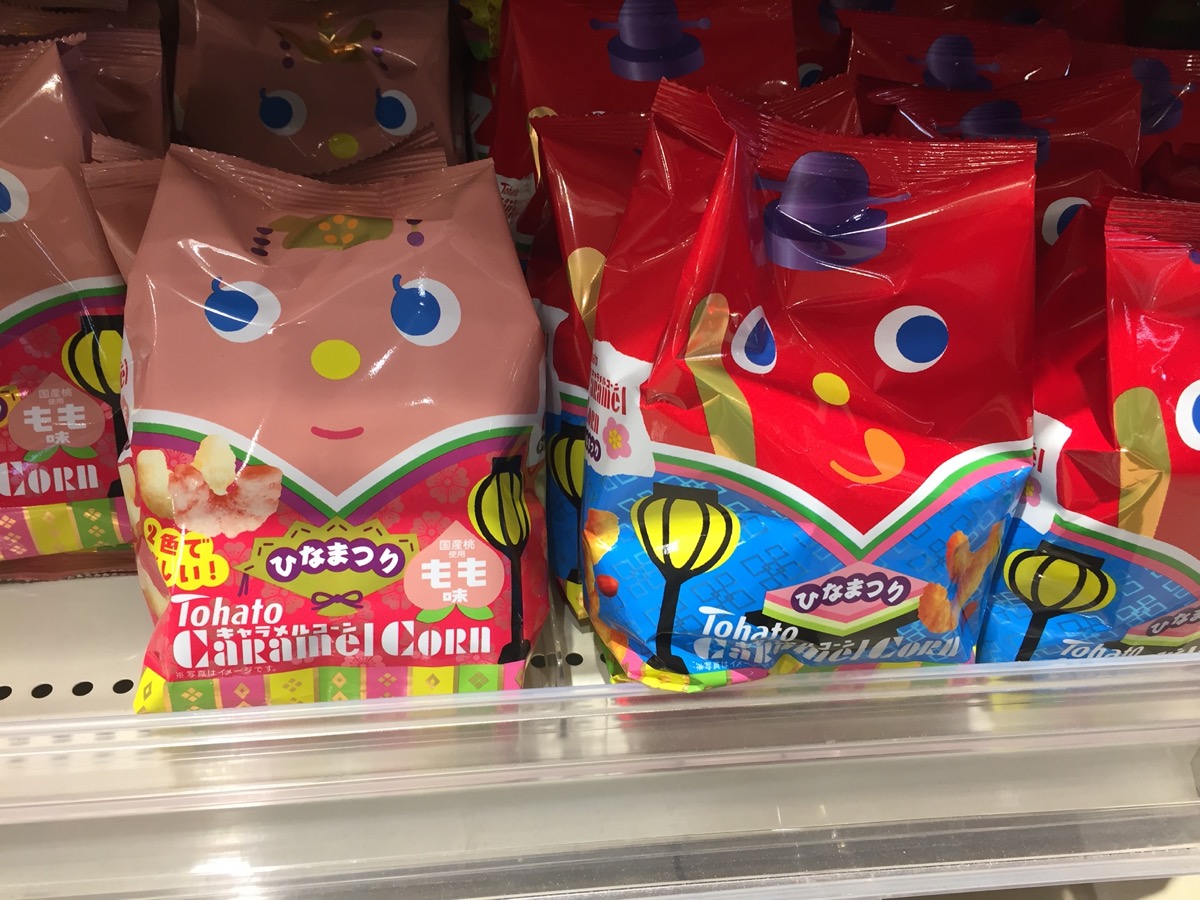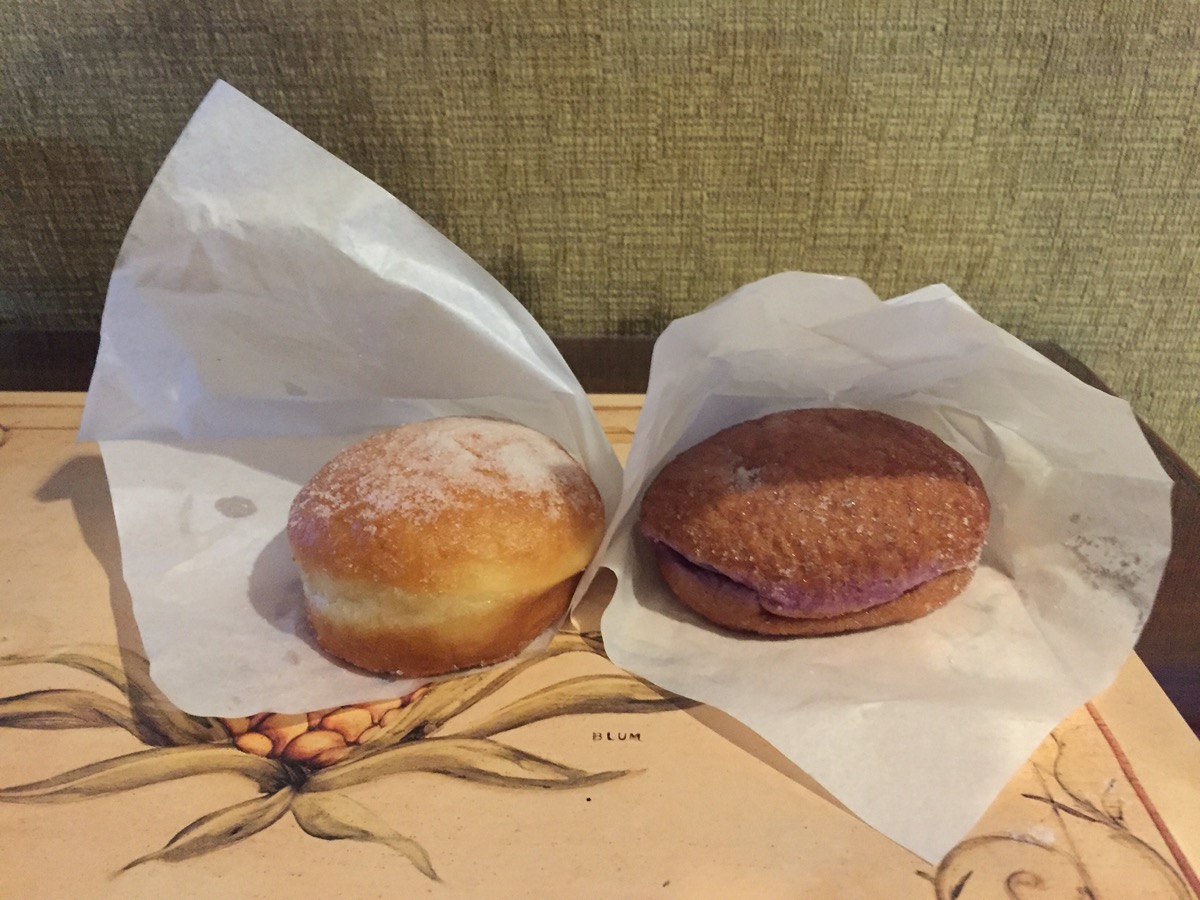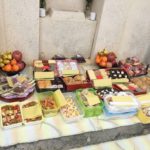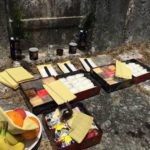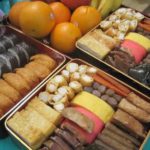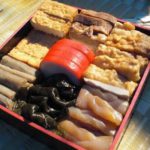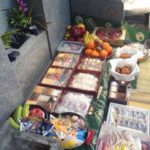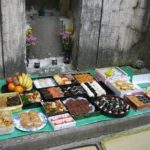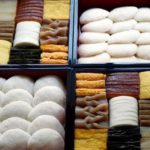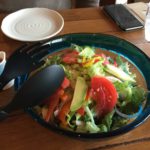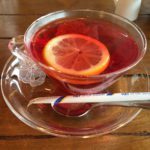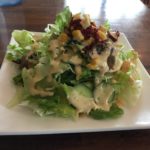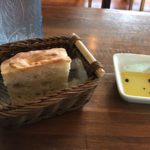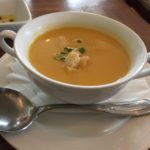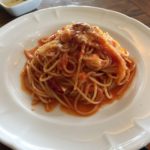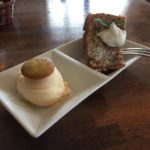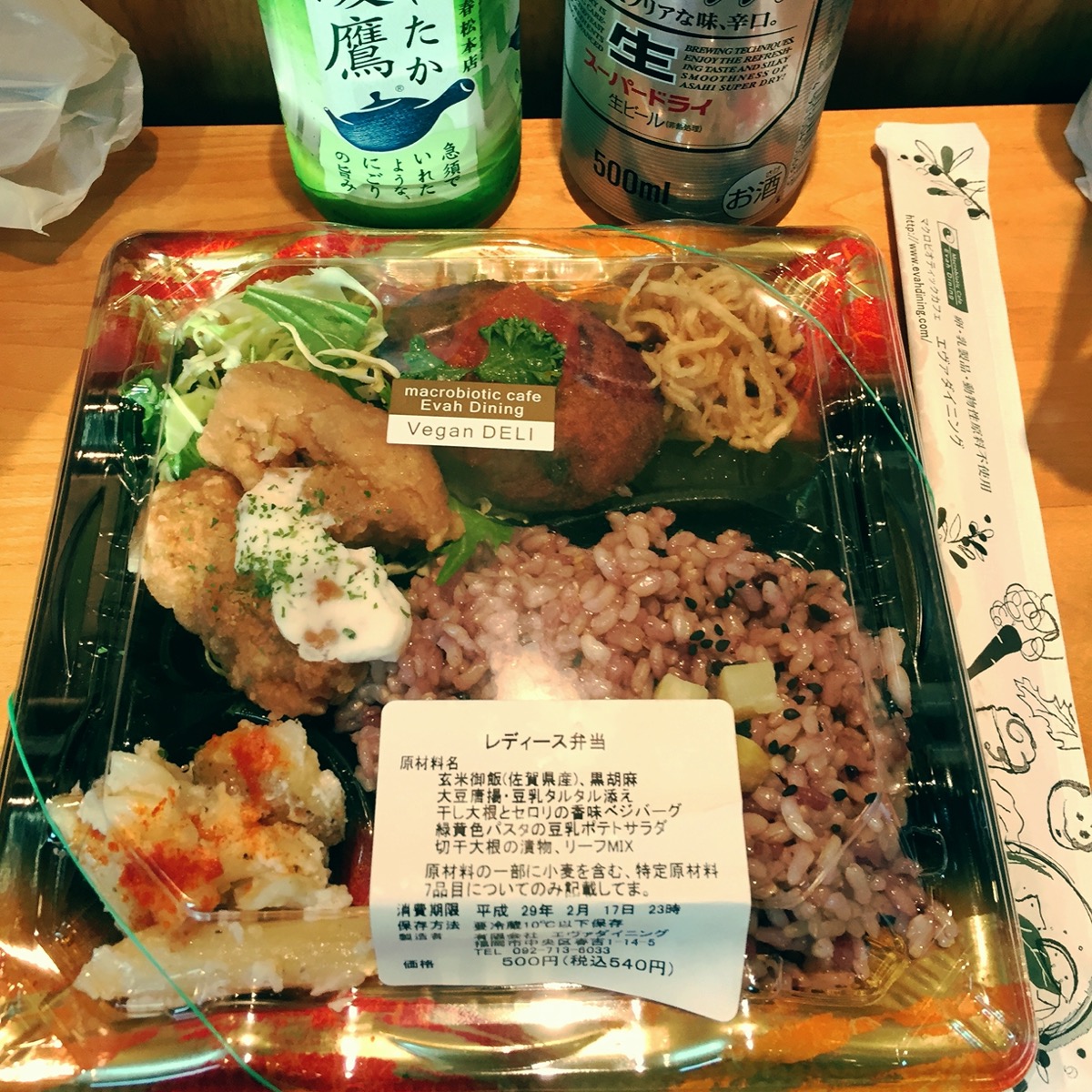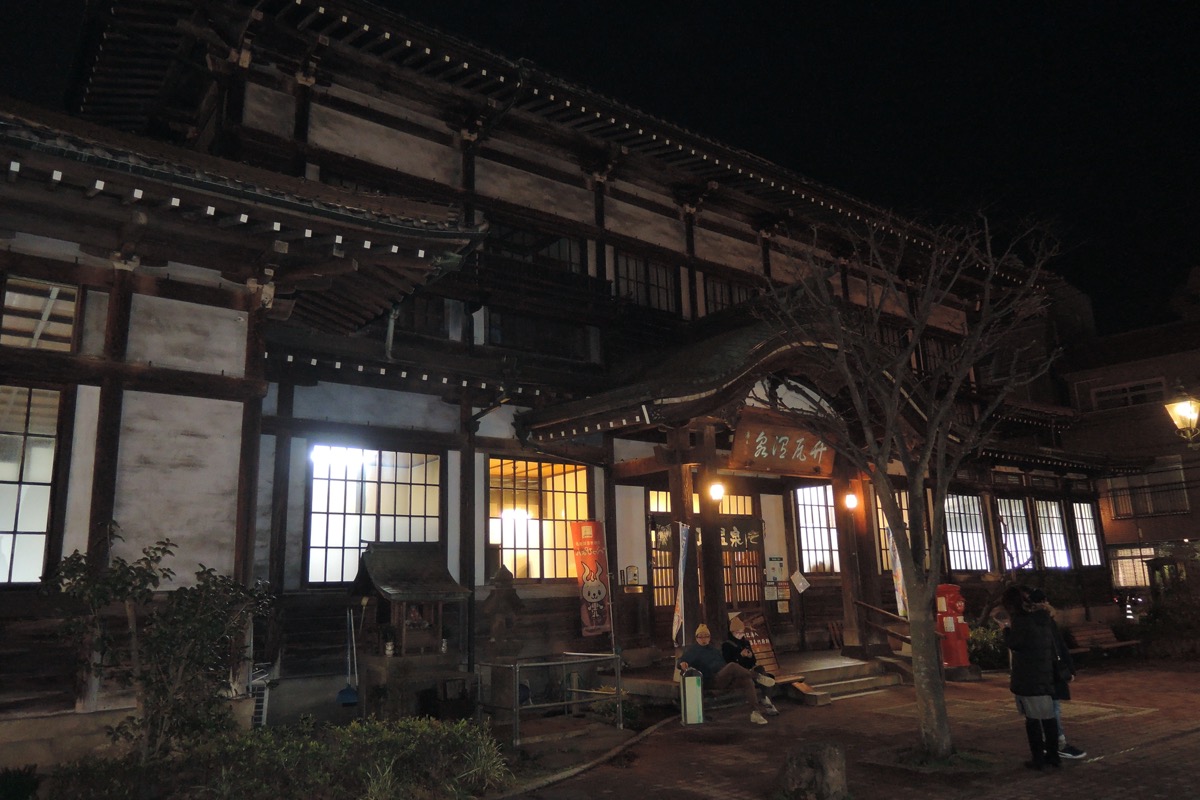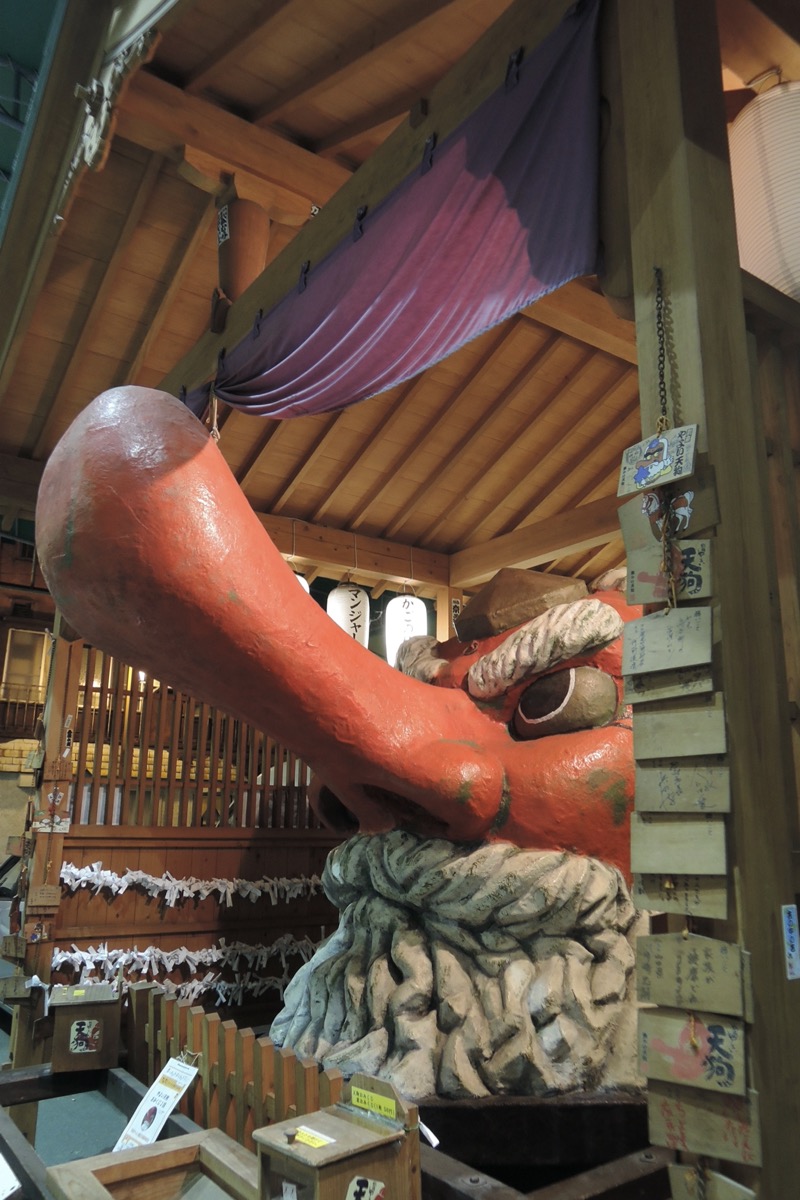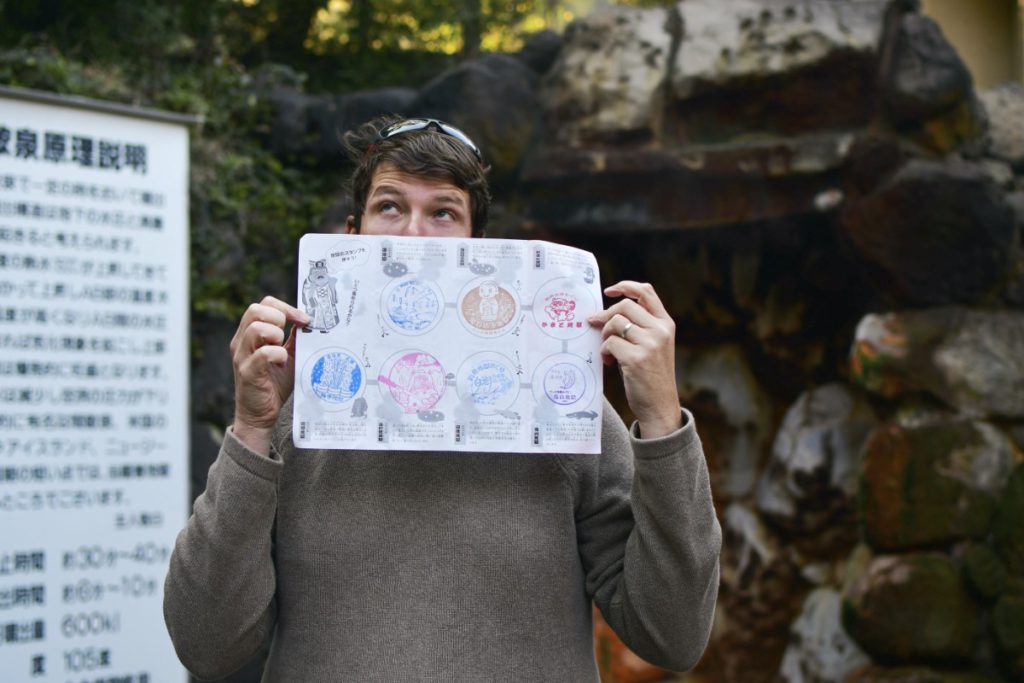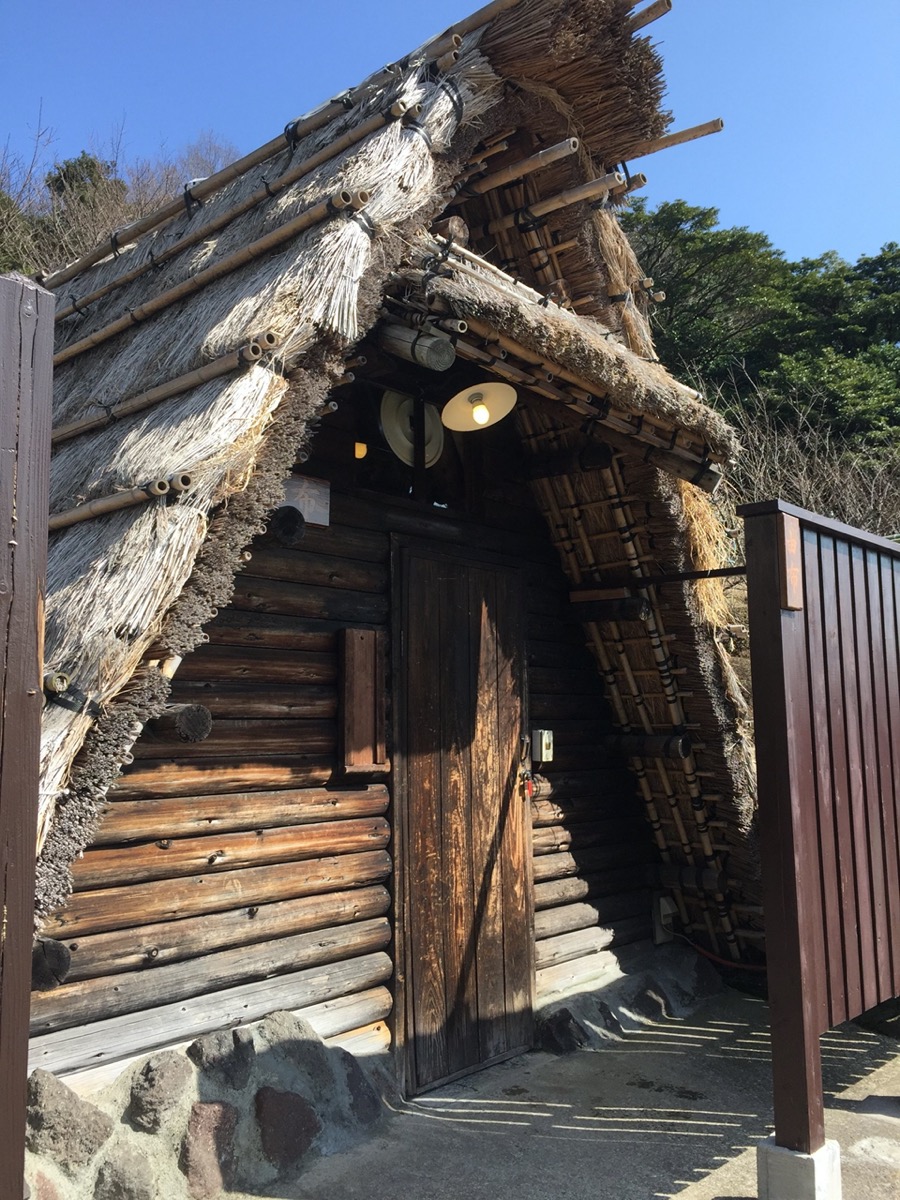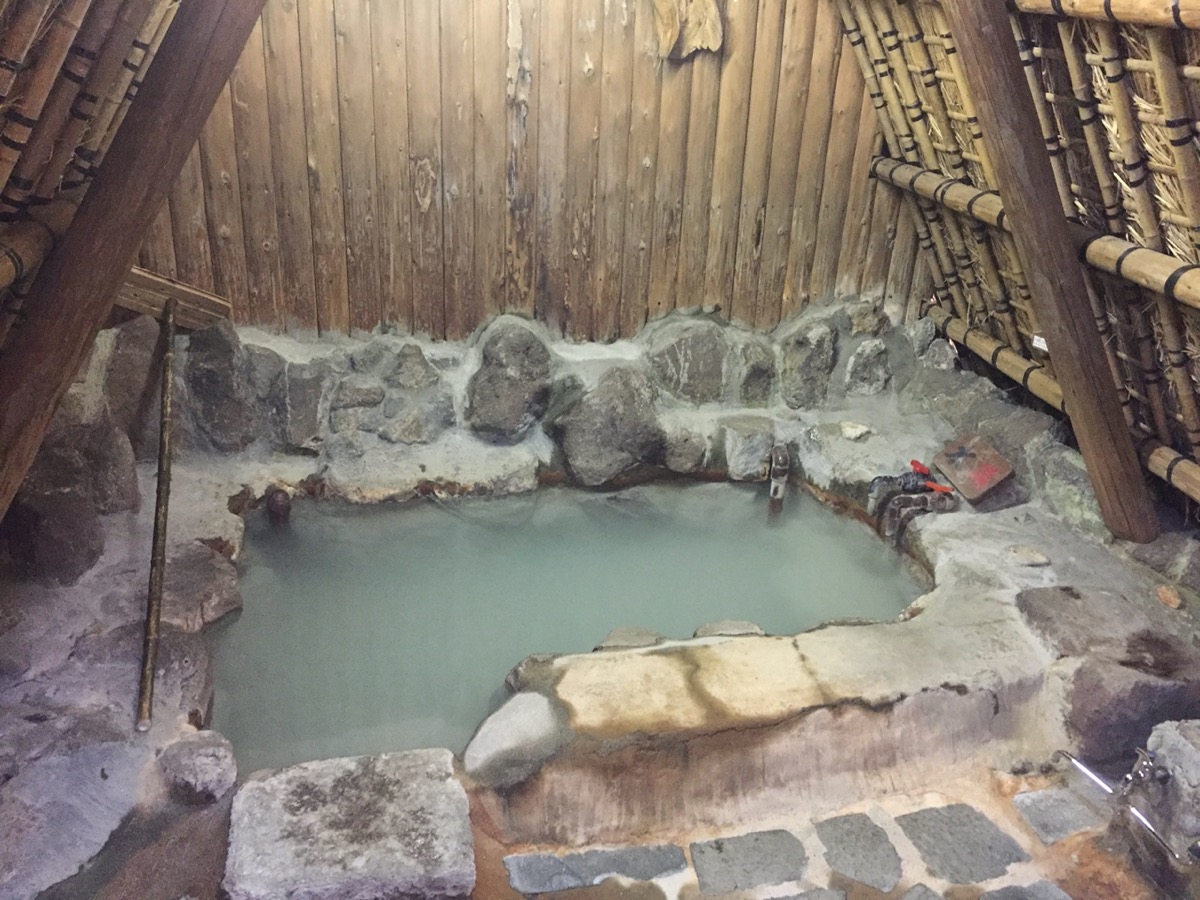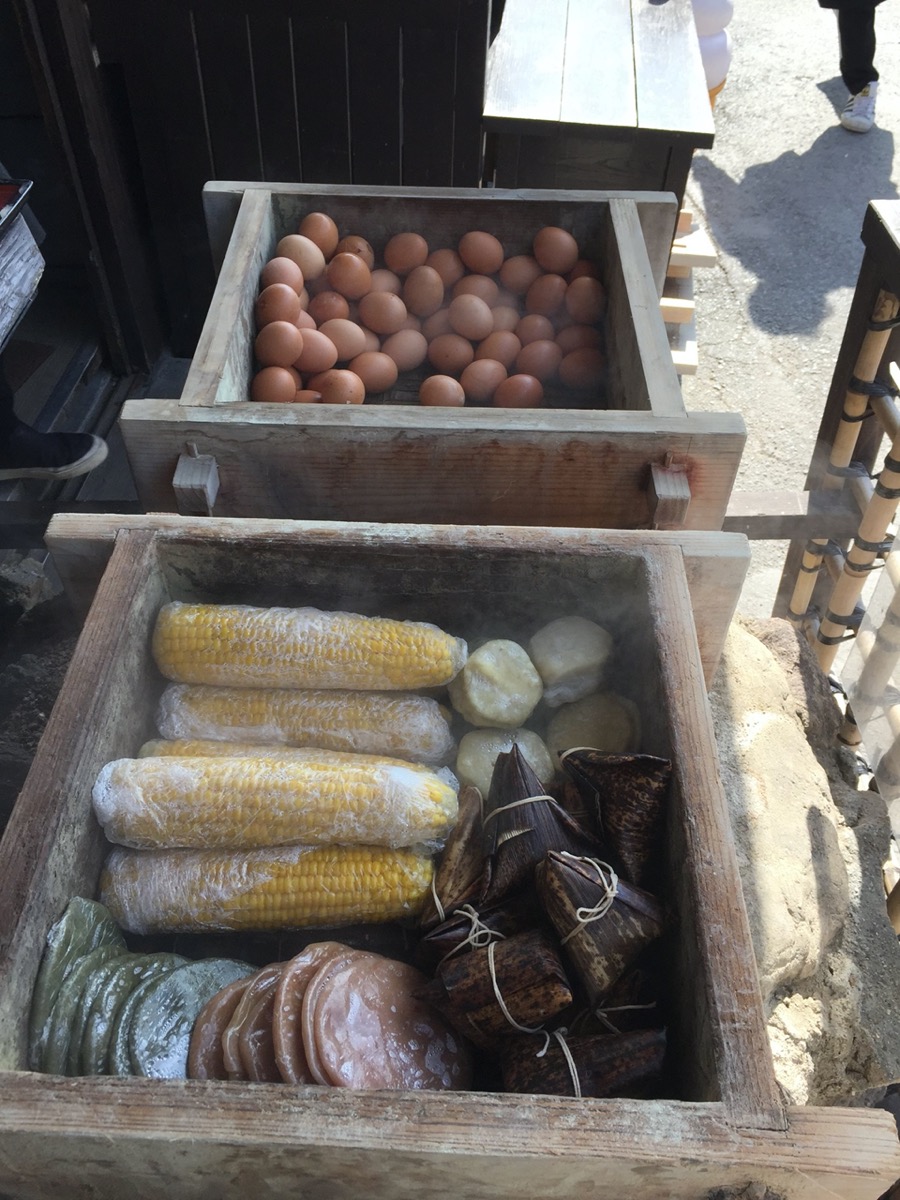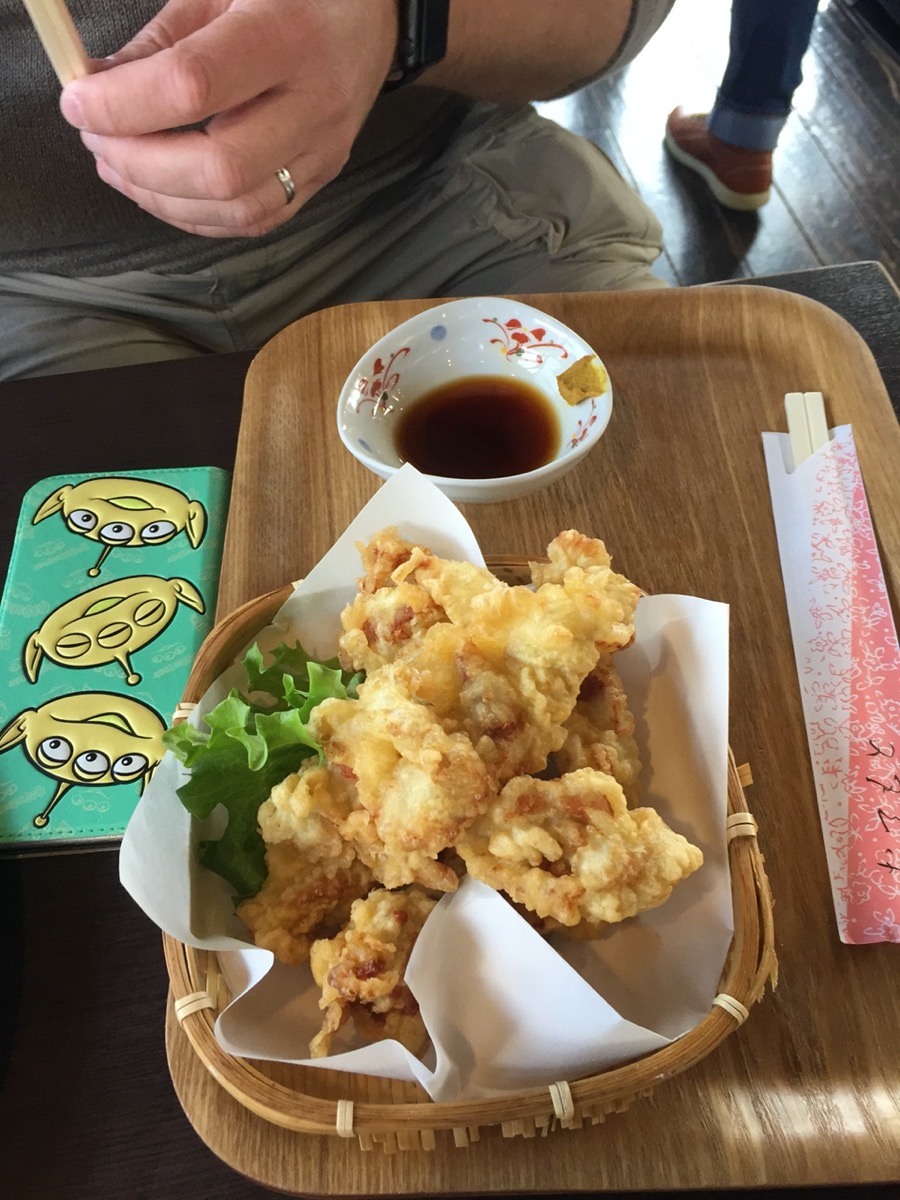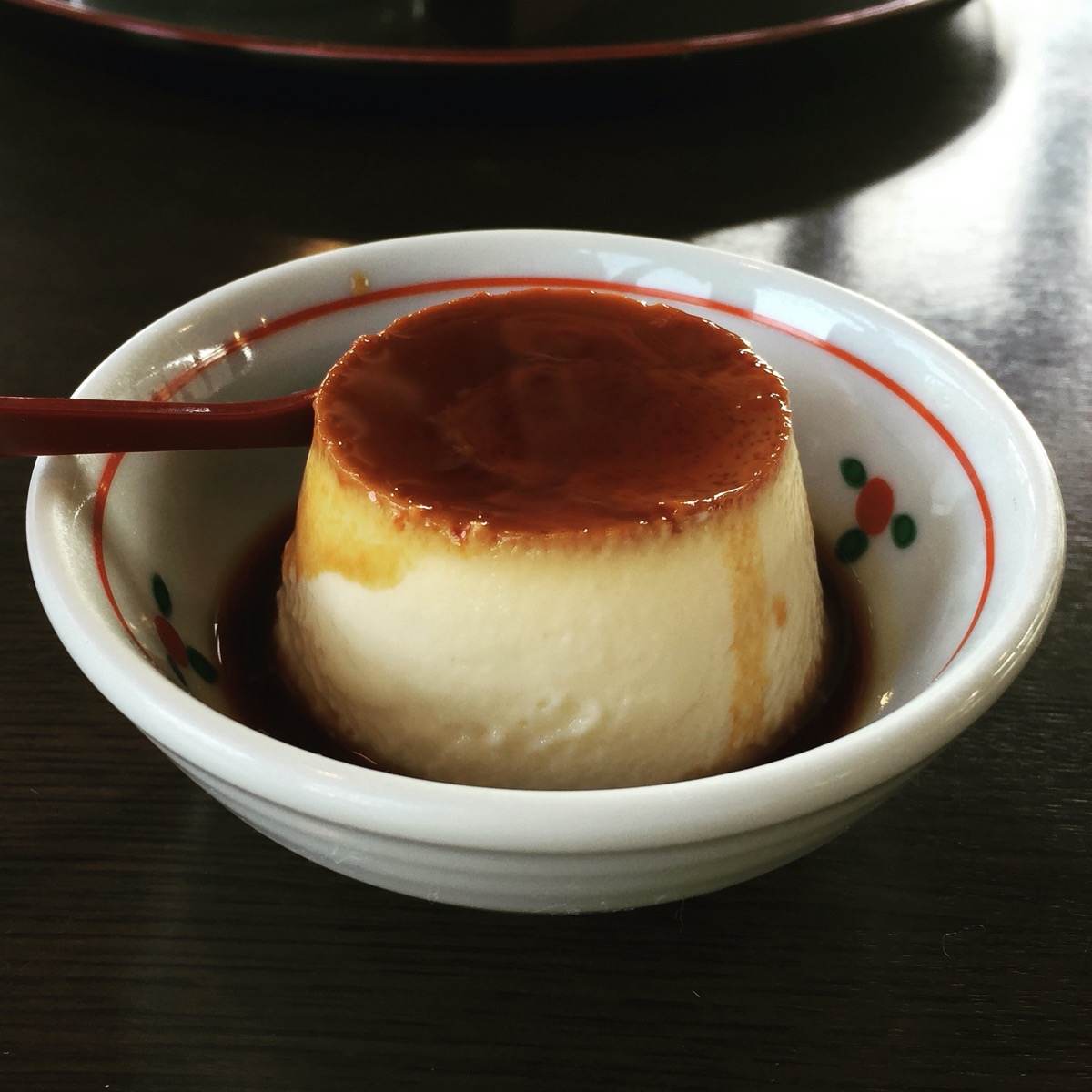ピザ is how pizza is (usually) written in katakana. Sometimes you may see ピッツァ if a place is trying to be more “Italian”-sounding.
Pizza is actually sorta popular here in Japan. In Okinawa, we have several chains, as well as a few independent places. There is Japanese-American style pizza and then there is wood-fired Italian style pizza. I won’t get into an argument about which is best, etc. etc. I am just giving the options.
I have posted a few places with really good “Italian” style pizzas: Mou and Amani are just a few you can find here in Okinawa, aside from the popular joint such as Bacar (but a bit overpriced in my opinion), Napoli, and Pizzeria Onda. Honestly, there are wayyyy more of these places than you would expect in Okinawa, and many of them very reasonably priced! Drool. But these are all restaurants to eat-in.
Okay, but really, on a Friday night, you just want good old take-out pizza. So what are your choices in Okinawa? Well, you actually have a lot of options! I will list the main ones that we usually hit up in the southern and central areas of the island. There are more takeout places in areas where large American populations (i.e. military) live, but I am unfamiliar with them. After all, takeout pizza is all about convenience, so I have no desire to drive over an hour to Yomitan for one.
持ち帰り mochikaeri: take-out, to go (you can also use テイクアウト which is simply “takeout” in katakana).
Pizza-La (chain): okay, I like them quite bit actually, BUT they are darn expensive. Interesting choices, ranging from safe “American” toppings to some unusual Japanese style toppings.
copy paste into maps to find the closest to you: ピザーラ
you can also use their website: https://www.pizza-la.co.jp/
Pizza Paruko (local chain): they are cheaper. And sadly, not quite as good, but they satisfy. So, don’t hesitate to try them even though they are not the number one choice for me.
copy paste into maps to find the closest to you: ピザパルコ
you can also use their website: http://www.p-parco.jp/
UPDATE 12 Feb 2020: Pizzeria Rio has closed 🙁
Pizzeria Rio: Good mid-range. I think they are actually some sort of chain (maybe on the mainland), but as far as I know there is only 1 in Okinawa. I wish it was a bit closer to me though.
address ピッツェリア リオ: 〒901-2102沖縄県浦添市前田1-48-1
https://goo.gl/maps/V8aQLvFFwgF2
website: http://pizzeria-rio.com/
Dominoes (chain): There are online deals, so don’t pay full price! Of course, none are very convenient to me, but they are okay, plus you can order online which is very convenient. They are a little different from the “American” version, just keep that in mind.
copy paste into maps to find the closest to you: ドミノピザ
you can also use their website: http://www.dominos.jp/
Pizzeria Marino (chain): This is a sit-in restaurant, but they do a takeout special. The restaurant itself is overpriced for what you get, but the takeout pizzas are not bad (but they are little, so…).
Most of them are in SanA shopping malls, copy paste into maps to find the closest to you: ピッツェリアマリノ
Pizza Hut (chain): No, not “on base.” There is a Pizza hut (express) in the food court of 2 of the malls here in Okinawa and one happens to be darn close to me. Again, it is actually good, unlike the ones I have tried in America. Something to know: they actually charge for the takeout box (it is cheap, but still). So try to find a coupon, or just settle with eating in the food court.
SanA Gushikawa Main City: https://goo.gl/maps/QF7S84nFFV52
SanA Nishihara City: https://goo.gl/maps/dP1a5advdz52
SanA (chain): the larger SanA grocery stores with bakeries have a counter for takeout pizza. I don’t particularly recommend them, and they are rather Japan-ized, but… if you want something a little different, give them a go. Plus you can choose from some that are pre-boxed and ready for pick-up, no having to order and wait around for it to be ready.
copy paste into maps to find the closest to you: サンエー
you can also use their website: https://www.san-a.co.jp/store/
Pizza TOGO: mostly takeout, but they do have an eat-in area during lunch. Not American-style, more Italian-style. Convenient if you want to get a pizza and eat on the beach in Ginowan.
address: 〒901-2224沖縄県宜野湾市真志喜2丁目13-13
https://goo.gl/maps/XzCn8e3oYM82
Antore アントレ (small local chain): decent pizza, decent prices. Again, many Japanese-style toppings, but that makes it sort of interesting– you never know, maybe you will find a new combination to like.
All are in Okinawa city/Awase, visit their insta for details. : https://www.instagram.com/pizza_entre_bakers_entre/
Kozy Pizza: located in Kitanakagusuku, they have eat-in, but I believe they also will do take-out (though the 2x I have gone were both eat-in). It is located in the old American housing area.
address: https://goo.gl/maps/paK7ewRPUYx
Note: One place I will probably never go to is the pizza place in American Village (formerly known as Pizzakaya), probably due to the crazy situation surrounding this place (and its owners, but I am not sure if they are still the current owners or not, the name was changed but I heard that the guy was still running it). The prices are really high, and most people I know say it is not worth it. And honestly, with the tax evasion and sketchy situation, I don’t want to support this type of business, especially when there are so many other good (and more convenient) places around.
*pictures coming soon.
There are also quite a few more places I can add to this list. Most of the places I recommend are found in the southern/central area of the island, and not necessarily close to the larger American populations (such as Yomitan, Sunabe, Chatan, Kadena, etc.), since I don’t seem to live near many (any?) other Americans, though most of these are chains so they should have locations close to these areas as well. Some popular places in the more heavily American populated areas I am sadly unaware of as they tend to be too far away for me to consider for a quick dinner, though I am sure they are good as well. If I ever make it to these areas, I will probably add them to the list in the future.
